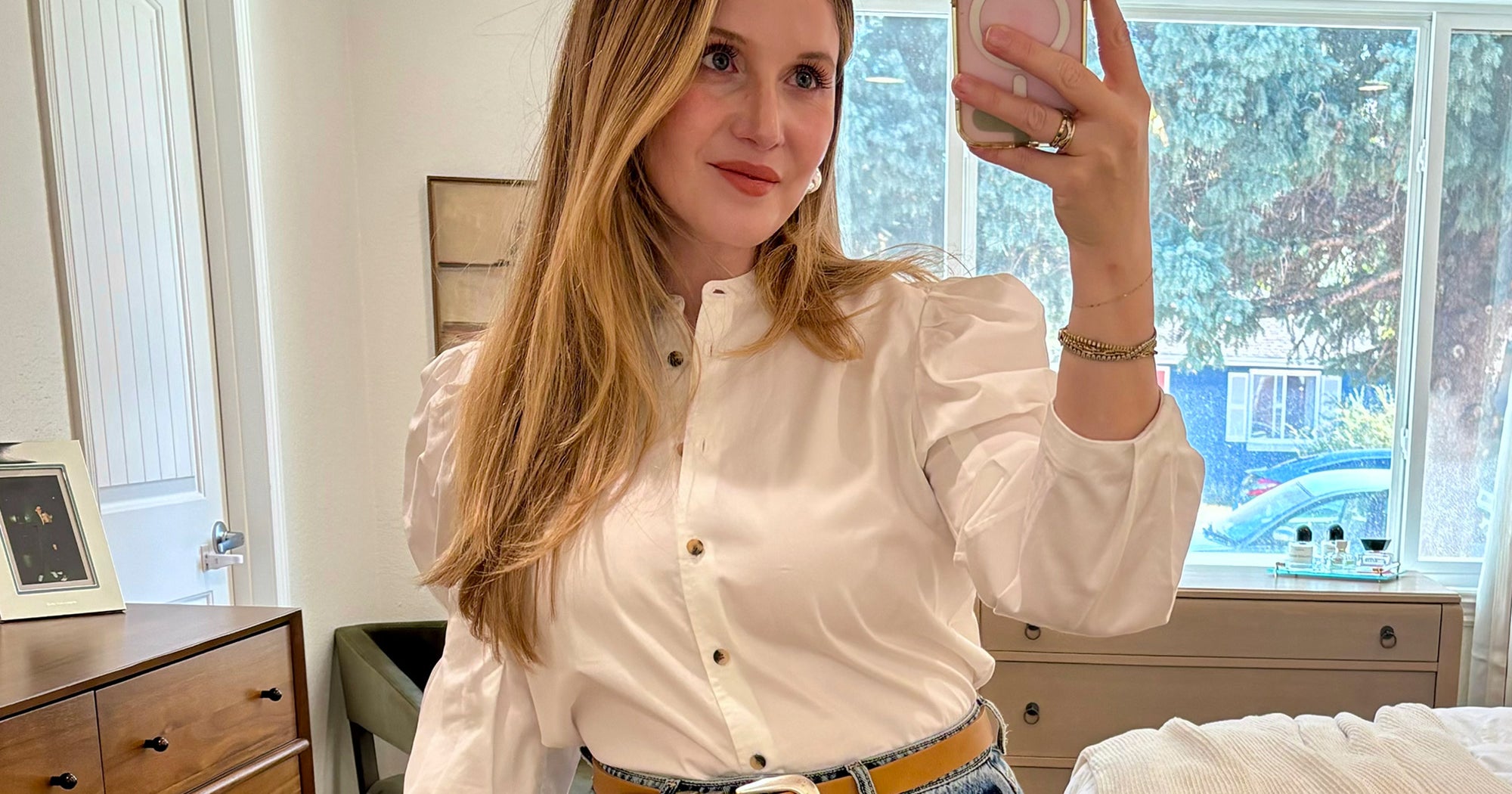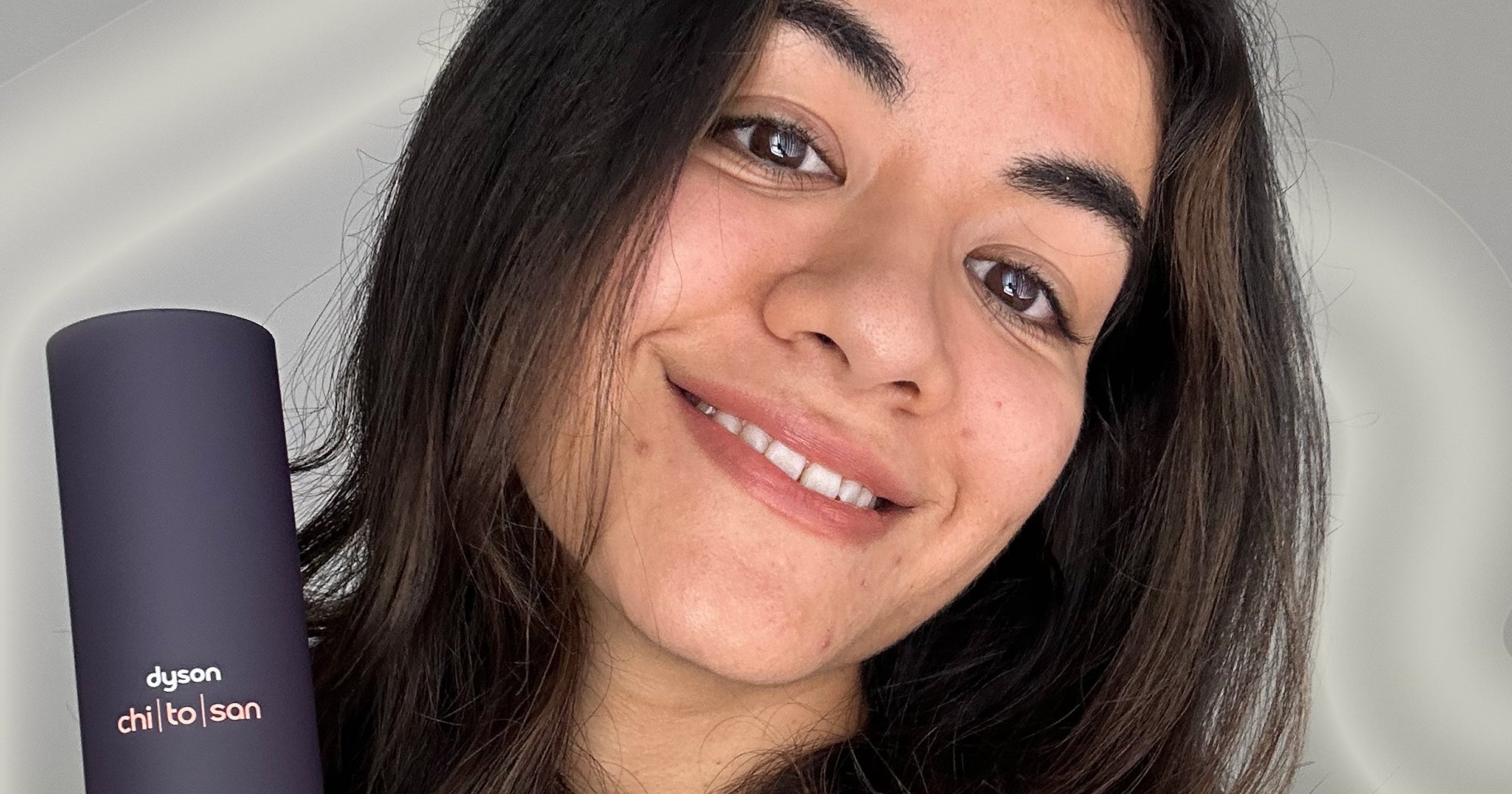What Is a Breast Cancer Risk Assessment Score?
When people consider breast cancer screening, they likely think about mammograms, and maybe genetic testing. But increasingly, doctors are suggesting the breast cancer risk assessment score, a tool that’s used to screen for breast cancer and doesn’t require any physical exam. “It’s a straightforward series of questions that has a scoring system attached to it,” explains breast oncologist Neil Iyengar, MD. “The mammogram is still the best tool that we have for detecting breast cancer, especially detecting it early. But like any imaging test, it’s not perfect, and it certainly can miss breast cancers.” The breast cancer risk assessment score can help you understand if you’re at a higher risk for breast cancer, which would then allow you to seek proper care, including additional imaging, testing, or medication if needed.
“Knowing your risk is empowering, it can absolutely absolutely save your life. I have seen it in my practice many, many times,” says Monique Gary, DO, MSc, FACS, a breast surgical oncologist. Ahead, Dr. Gary and Dr. Iyengar explain what a breast cancer risk assessment score is, how they work, and what scores are high risk for breast cancer.
Experts Featured in This Article
Neil Iyengar, MD, is a breast oncologist at Memorial Sloan Kettering Cancer Center.
Monique Gary, DO, MSc, FACS, is a breast surgical oncologist, and Medical Director of the Grand View Health cancer program.
What Is a Breast Cancer Risk Assessment Score?
The breast cancer risk assessment tool is a series of questions used to determine the risk of developing breast cancer within the next five years, or even within one’s lifetime. “Most doctors will incorporate it into their screening questions when they’re trying to get a sense of somebody’s risks for various illnesses, including cancer,” Dr. Iyengar says.
If you haven’t already had a breast cancer risk assessment through your primary care or ob-gyn, Dr. Iyengar says it’s a good idea to ask for one. “You could even go online and do [a breast cancer risk assessment], and then discuss the results with your doctor,” he adds. There are multiple different kinds of breast cancer risk assessment tools, but one of the most common models is called the Gail Model, which takes into consideration seven important risk factors for breast cancer:
- Age
- Race/ethnicity
- Familial history of breast cancer
- Number of past breast biopsies
- Number of breast biopsies showing atypical hyperplasia — abnormal breast lesions that aren’t classified as carcinoma.
- Age at first period
- Age at time of birth of first child (or hasn’t given birth)
There’s also a more thorough breast cancer risk assessment called the Tyrer-Cuzick model available online. This version also considers stages of menopause, breast density (which we now know is an independent risk factor for breast cancer), and additional family history (like daughters, nieces, cousins, half siblings, and grandparents). “All risk calculators are not created equal,” Dr. Gary says, noting that some may actually underestimate your risk for breast cancer. “If you’re going to go online and do a risk assessment, you may want to do more than one, because some of them are not as robust,” she says. For those who may not have a complete picture of their own or their family’s health history, Dr. Gary says you don’t need to know every little detail about your medical history in order to do a breast cancer risk assessment.
You can do a breast cancer risk assessment at home, but Dr. Iyengar says that certain risk assessments may be difficult to interpret correctly on your own. “Some of the questions do get into if a person has had prior biopsies and what the results of those biopsies are,” he says. “I would say the best way to do the breast cancer breast cancer risk assessment tool is with your doctor.” The accessibility of these risk assessment tools is empowering, but it’s still best to discuss the results with your doctor.
What Scores Are High Risk For Breast Cancer?
After conducting the risk assessment questions, you’re given a percentage (or score) of risk. Interpreting this score depends on the specific test used and the amount of time you’re testing for. According to Columbia University Irving Medical Center, those with a five-year risk of 1.67 percent or higher are considered high-risk. A high lifetime risk of breast cancer is anywhere between 20 to 25 percent, per the CDC (or anything over 20 percent, according to Dr. Gary).
For instance, actor Olivia Munn credited the breast cancer risk assessment score with saving her life. In an Instagram post, she shared that her risk assessment — conducted at the recommendation of her doctor, despite the fact that she’d tested negative for 90 different cancer genes and had a normal mammogram — showed an estimated lifetime risk of 37 percent. Her doctor recommended follow-up screening, which revealed Luminal B cancer in both breasts. That’s a fast-moving cancer, but because Munn caught it early, she was able to treat it successfully.
What Happens If You Get a High Risk Score?
If your breast cancer risk assessment score comes back high, there are several different options. You may start by simply getting more frequent imaging (twice a year instead of once a year). Or your doctor may suggest doing an additional screening. Munn, for instance, was asked to get an MRI, despite having had a normal mammogram.
But people with higher risks may also speak with their doctors about a step like taking a medication, such as tamoxifen, to help reduce the risk. “When we know a person is high risk, we can develop a personalized plan to help reduce their cancer risk,” Dr. Gary says.
You can also learn about modifiable risk factors like exercise, nutrition, and alcohol intake. “The incidence of breast cancer is rising slightly, but it is rising in younger women,” Dr. Iyengar says. “Lifestyle, environmental exposure, nutrition, and physical activity are really now being recognized as leading risk factors for breast and other cancers. So I think it is important to discuss your risk with your doctor, and the things that are under our control.”
Who Should Get a Breast Cancer Risk Assessment?
“The recommendations are that we start having these conversations with women really around the age of 21, 25,” Dr. Gary says. “We are seeing cancers happen younger in families. So when that happens, a person should start screening 10 years younger than the youngest person in your family.” That means if someone in your family had breast cancer when they were 35, you should consider getting a breast cancer risk assessment around 25. “Knowing that family history and talking to your doctor about it is a really great place to start.”
Breast Cancer Risk Assessment Benefits
The experts who spoke with PS emphasized that the breast cancer risk assessment scores really are effective. “They can help to identify individuals who not only are at elevated risk, based on their family history, but it helps us to inform what screening they should get next,” Dr. Gary says. Knowing your breast cancer risk can help you make necessary lifestyle changes and prompt you to get the appropriate medication, or more frequent imaging. This, in turn, can prevent breast cancer in the long run, and lead to earlier diagnosis, which saves lives.
Breast Cancer Risk Assessment Limitations
The breast cancer risk assessment score is a great tool for most, but there are still some limitations. “It’s important to note that the breast cancer risk assessment tool is actually not useful for people that have a known BRCA1 or BRCA2 mutation,” Dr. Iyengar says. It’s also not useful for people who have previously been diagnosed with breast cancer, or received radiation to the chest area (specifically survivors of childhood cancers). “It has been validated in women who are aged 35 and older, up to age 85, and it has also been validated in different races and ethnicities, including African Americans and Hispanic women and Asian women. The caveat there is that it may under-predict or under-represent breast cancer risk in some Black women who’ve had prior breast biopsies,” Dr. Iyengar says. The same may go for Latina women born outside of the US.
These shortcomings are largely due to the fact that many of the original breast cancer risk assessment tools were developed using mostly white women. “There have been some concerns that some of the models are not as robust, especially for Black women, like the Gail model, because — [out of] all those hundreds of thousands of people they used to develop that model — how many of them were African American?” Dr. Gary points out.
“Risk scoring is only one tool that we use, but knowing your body, talking to your doctor, getting your screenings every year, and really looking at those preventable and non-preventable risk factors, is an important part of managing those things,” she emphasizes. “[Breast cancer] can happen even with no family history.”
Chandler Plante is an assistant editor for PS Health and Fitness. She has over four years of professional journalism experience, previously working as an editorial assistant for People magazine and contributing to Ladygunn, Millie, and Bustle Digital Group. In her free time, she enjoys finding new ways to rock her 18(!) different eye patches, and making videos about chronic illness, beauty, and disability.

:quality(85):upscale()/2024/04/19/712/n/1922153/d771203f662296570e7695.29868428_.jpg)

:quality(85):upscale()/2024/08/27/908/n/1922794/2e8bf33266ce3b7cec4a85.79101810_.png)
